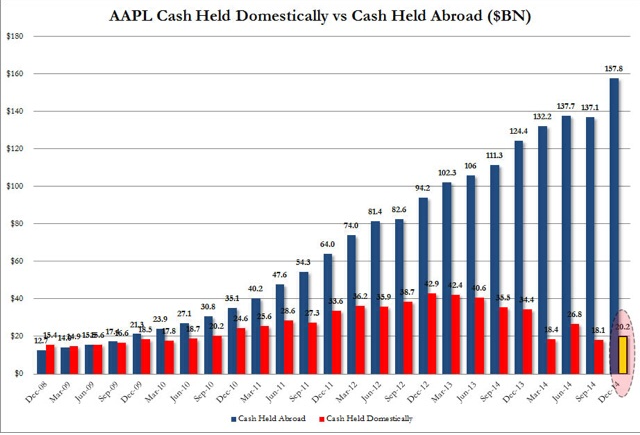Why Apple is Borrowing Yet It Has So Much Cash. In Simple Terms
If you have been following financial news, you have probably seen Apple’s corporate bond announcement seeking to raise $6.5 billion for a share repurchase scheme. This seems puzzling because just a few days ago, we were all aghast at Apple’s huge cash reserves of $158 billion. So why is Apple issuing a bond?
First a definition of two terms I used up there:
Corporate bond: This is when a company seeks to raise debt from the general public (instead of a bank for example). It issues a financial note called a bond, which investors buy and receive periodic fixed returns for the term of the issue. A local company that has issued a bond is Kenya Power. A bond is advantageous over other forms of debt because it often is cheaper than taking a bank loan, and it is better than a share issue because it has less procedures and since bond investors do not become shareholders, it doesn’t affect company structure.
Share repurchase: this is where a company buys back it’s shares from the stock market at market price, making them inaccessible for trade. The Kenyan capital markets do not allow this though.
So back to Apple. The answer lies in taxes. Of Apple’s $158 billion cash stash, only about $20 billion is held in the US as shown by the chart below. The rest of its funds are held abroad, a lot of it in China thanks to the iPhone’s record sales in China recently.
To make offshore funds accessible for its corporate activities, Apple will need to pay 35% corporate tax on it, which means it is cheaper for the company to borrow for this purpose. Apple issued the 30 year bond at 3.5% interest rate, making it the cheapest bond issue it has done so far. Since 2013, the company has borrowed $39 billion via corporate bonds.
Chart courtesy of Zerohedge



2 Comments